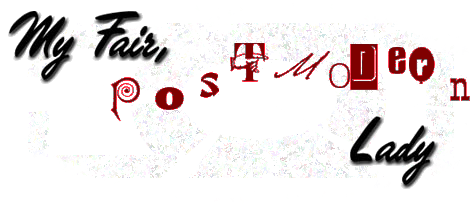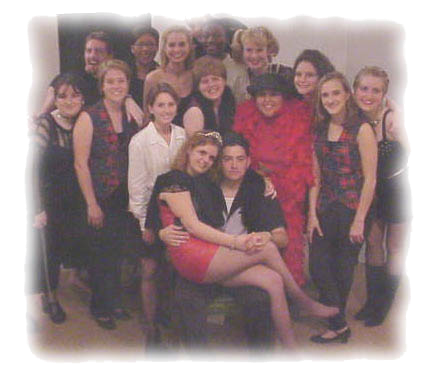

Director's Notes
As a teacher of speech, my interest in "My Fair
Lady" and the Shaw's "Pygmalion" comes fairly naturally. Both the
original play and the musical derived from it center around the
assumption that communication is a complex social game that can be
learned and taught in order to achieve social advancement -an
assumption upon which I make my livelihood. In my opinion, the
popularity of the musical has made both pieces so familiar and
normalized that modern audiences tend to view the play without paying
attention to text's socio-political statements. George Bernard Shaw
believed, as I do, in an active theatre. He tried to make what he felt
were strong statements, teach lessons, and provoke debate via his
plays. |
|

My intent with "My Fair, Post-Modern Lady" is to revitalize and "rehabilitate" the play by defamiliarizing it. I want my audience to be surprized into re-examining characters, situations, and relationships. I hope they will exit the production wondering and talking about what they've seen -rather than contentedly whistling, "Wouldn't it be Loverly?" My goal is to achieve the state that Michael Bowman describes as "novelization" in his January 1995 article in TPQ ("Novelizing the Stage: Chamber Theatre After Breen and Bakhtin" January 1995, Volume 15, Number 1, pages1-23). He takes the idea of novelization from Russian critic Mikail Bakhtin. When life and literature become novelized, Bahktin writes, their structures become "permeated with laughter, irony, humor, elements of self-parody -- this is the most important thing -- the novel inserts into these structures an indeterminacy, a certain semantic openendedness, a living contact with unfinished, still evolving contemporary reality..."
-- Dr. Kelly S. Taylor

Back to My Fair, Post Modern Lady Page <- -> Go to Cast List and Pictures Page